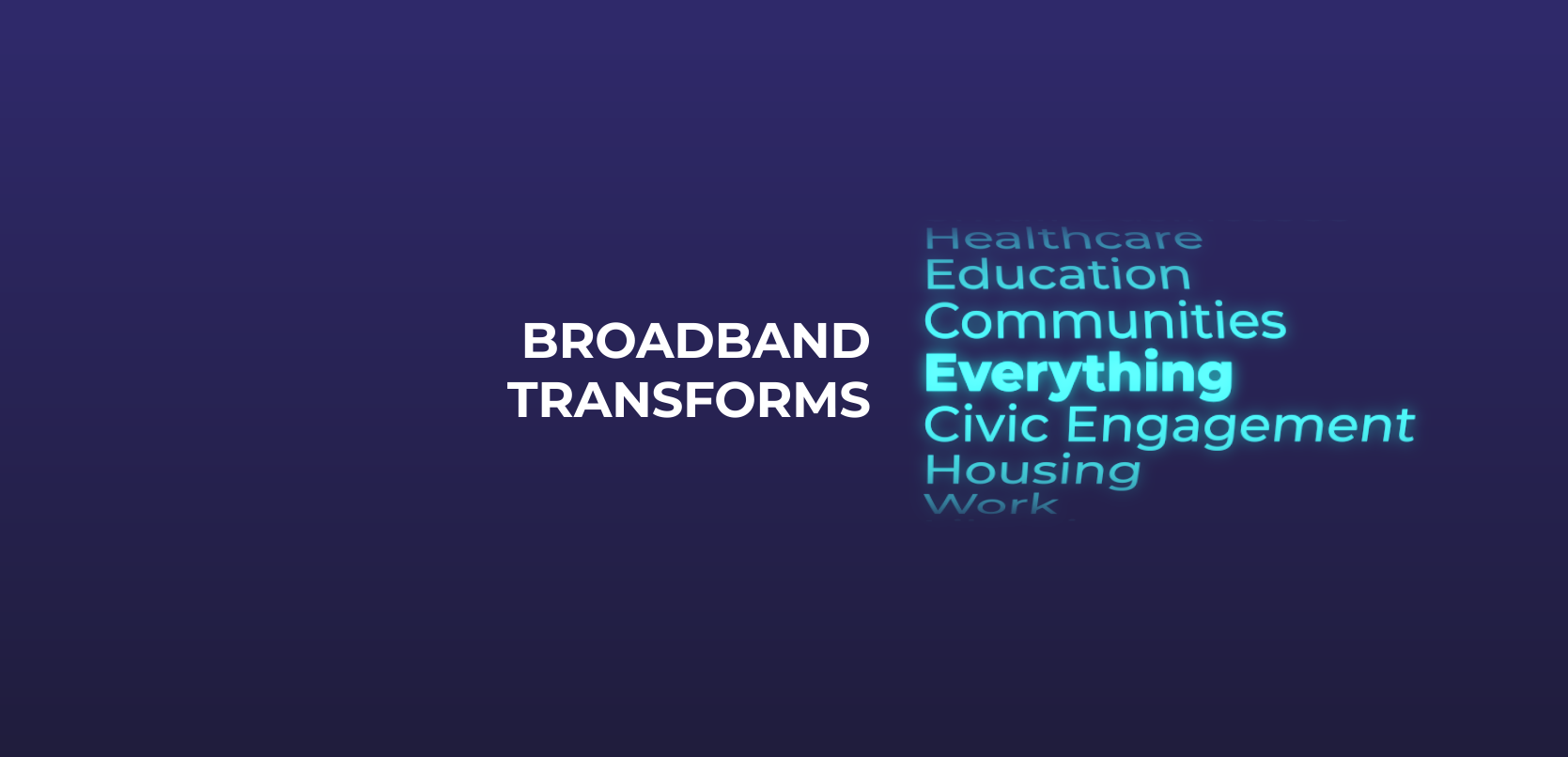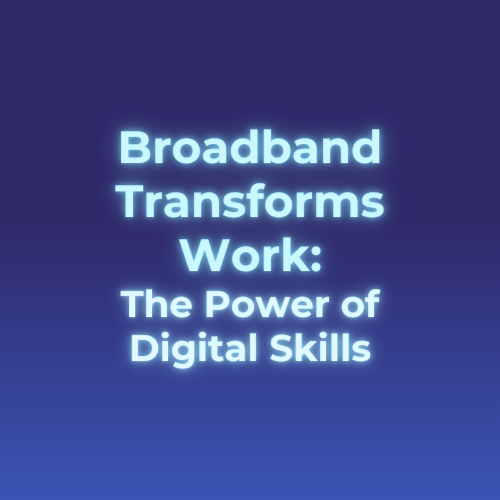Across America, access to the Internet is transforming economies, connecting communities, and unlocking a better future for all.
As we celebrate Earth Month, many of us consider what we can do to protect the environment. America’s Excellent Internet has had a huge impact on the reduction of emissions and the ways we respond to climate change.
Energy efficiency through broadband-enabled technology often begins in the home. New smart technologies within the Internet-of-Things, including thermostats, heat pumps, and water heaters have enabled consumers to optimize energy consumption on a number of levels. When widely deployed, it is estimated that these technologies could lower domestic energy demand by 20-30 percent.
Even with these advancements, further broadband adoption is crucial to making this goal a reality. Currently, rural households spend almost 40 percent more than urban households on energy costs. Access to reliable affordable Internet would enable greater uptake of these technologies.
The transition to more flexible remote work policies and the ability to connect to services remotely, which would not be possible without reliable Internet access, has also had a measurable impact on carbon emissions. From shorter commutes, to telehealth visits with a doctor, to online university courses, the need to travel by car has been greatly reduced – and with it, vehicle-driven emissions. According to a recent Network:On study, telecommuting can reduce greenhouse gas emissions over a period of 10 years by approximately 588.2 tons
Thanks to America’s Excellent Internet, new technologies have allowed farmers to increase yields, have better market access, and grow higher quality products. Precision farming technologies – empowered by connectivity – have an added bonus: reducing the use of fossil fuels. According to the National Academy of Sciences, Engineering, and Medicine, the U.S. can store 250 million metric tons of carbon dioxide annually through new technology-enabled crop and soil practices that protect and enhance organic matter. GPS guidance and enhanced fuel standards for tractors and other heavy equipment have also greatly reduced carbon emissions.
Precision forestry has also benefited from broadband-enabled technology. Through enhanced metrics and analysis, as well as the use of drones and other tools that utilize available Internet connectivity, forestry professionals have been able to improve data collection, maintain carbon capture, and reduce the risk of wildfires, pests, and other potential threats.
When utilized in combination with advanced technologies that respond to energy demand (the “Smart Grid”), broadband allows consumers and utilities to communicate directly and efficiently and utilize resources in a streamlined manner. Digital meters, grid sensors, and improved battery storage would all be infeasible without reliable, high-speed broadband.
Beyond our ability to mitigate environmental impact, the Internet also enables people across the country and the world to anticipate and respond to the impacts of climate change. Natural disasters driven by warming temperatures – from hurricanes to tornadoes to wildfires – are increasing at an alarming rate, and require reliable Internet to give communities the warnings and resources they need.
Over the past 20 years, power outages as a result of climate-induced weather have doubled. For communities in these situations without quality Internet, help and information can be hard to come by. FEMA has categorized access to technology as a critical societal factor in a community’s ability to respond to a disaster. In this way, broadband is a critical component in the fight to address climate equity and justice.
Perhaps the greatest overall environmental benefit of broadband is education. Our ability to connect and share resources and information allows individuals who care about mitigating climate change in their communities and around the world to come together and find new solutions. Going forward, it is critical that we connect those who still lack access and bring them into the fold.




